Generator diodes are important components in power generation. They play a critical role in the transformation of electrical energy from generators into a form suitable for large-scale use. These small yet meaningful parts ensure a unidirectional flow vital for powering homes, industries, and electronic devices.
When a diode is inserted into a circuit such that it permits current to flow through the circuit, it is forward-biased. On the other hand, when the diode stops current from completing the circuit, it is reverse-biased.
This article discusses the uses of generator diodes and their different types, such as rectifiers and Zener diodes, and focuses on their role in power generation.
Table of Contents
Understanding Generator Diodes
Generator diodes are semiconductor devices. They are designed to address the dynamic nature of alternating current (AC) produced by generators.
The generator diode’s function lies in rectification. This process converts AC to direct current (DC). In power generation, generators produce AC, characterized by alternating voltage cycles. Generator diodes, through rectification, allow the flow of electric current in one direction only, transforming the oscillating AC into a smooth, unidirectional current flow.
Generator diodes play an important role in optimizing the efficiency of power conversion. By rectifying the AC output from generators, they reduce energy losses and contribute to a more energy flow. This efficiency is important in ensuring that the electricity generated meets the demands of diverse applications, ranging from household appliances to industrial machinery.
Types of Generator Diodes
Generator diodes are important components in power generation systems and come in different types, each customized to address specific challenges in converting alternating current (AC) to direct current (DC).
Rectifier Diodes
- Half-Wave Rectifier: The simplest form of rectifier diode configuration, the half-wave rectifier allows only one-half of the AC waveform to pass through. While straightforward, it results in a pulsating DC output.
- Full-Wave Rectifier: Full-wave rectifiers, whether in bridge or center-tapped configurations, enable the utilization of both halves of the AC waveform. This yields a smoother DC output compared to the half-wave rectifier, enhancing overall efficiency.
- Bridge Rectifier: Employing four diodes in a bridge configuration, this rectifier type is widely used in power generation due to its efficiency in converting AC to DC. It rectifies the entire AC waveform, providing a constant and smoother DC output.
Zener Diodes
Zener diodes, while commonly associated with voltage regulation, find applications in generator circuits.
- Voltage Regulation: Zener diodes operate in the reverse-biased breakdown region, maintaining a constant voltage across their terminals. This unique characteristic makes them valuable for stabilizing the generated power and ensuring a consistent voltage output.
Schottky Diodes
Schottky diodes, known for their fast switching speeds and low forward voltage drop, contribute to minimizing power losses in generator circuits.
- Low Forward Voltage Drop: This feature reduces power dissipation and enhances the overall efficiency of power conversion.
Light-emitting diodes (LEDs)
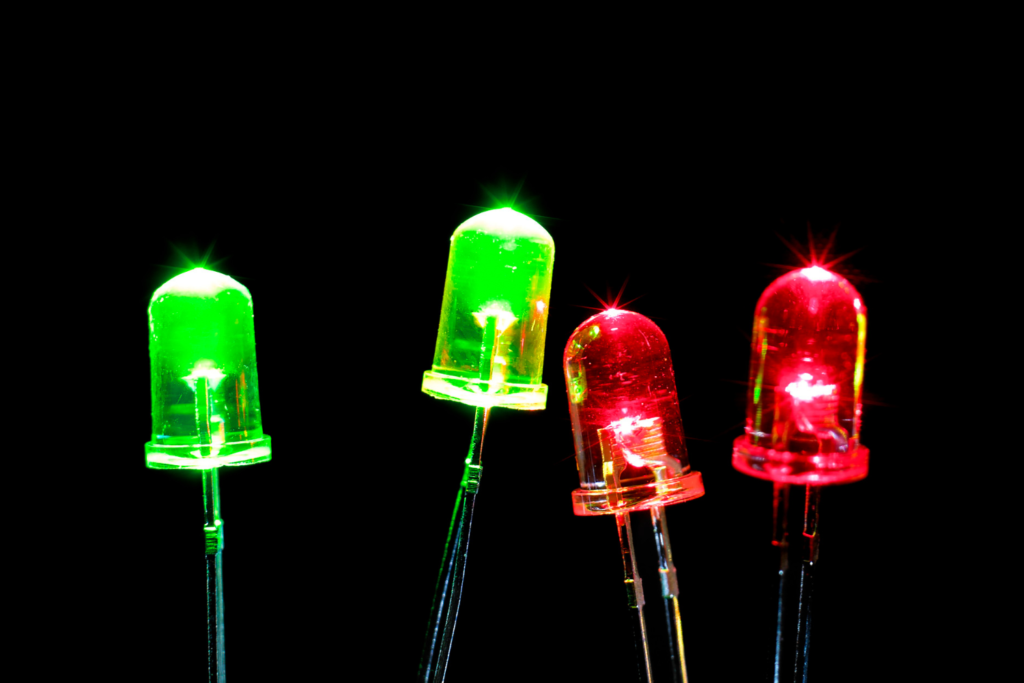
While known and recognized for their role in illumination, LEDs, which are a type of diode, find applications in generator indicator circuits.
- Indicator Applications: LEDs are visual indicators that signal the status of the generator or specific operational conditions. Their low power consumption and long lifespan make them suitable for such applications.
Role of Generator Diodes in Power Generation
The role of generator diodes in power generation is very important, as these semiconductor devices serve as the focus in the conversion of alternating current (AC) produced by generators into a stable and usable form of direct current (DC). Their contributions extend beyond simple rectification, encompassing critical aspects that enhance the efficiency and reliability of the entire power generation process.
Rectification Process
Generators produce AC, characterized by alternating voltage cycles. Generator diodes, including rectifier diodes like the bridge rectifier, facilitate the conversion of this oscillating AC into a smooth and unidirectional flow of DC. This rectification is necessary to ensure compatibility with the majority of electronic devices that depend on a constant and predictable power supply.
Voltage Regulation
Certain types of generator diodes, such as Zener diodes, contribute to voltage regulation. By operating in the reverse-biased breakdown region, Zener diodes maintain a constant voltage across their terminals. This feature is invaluable in stabilizing the generated power, ensuring that the voltage levels meet specific requirements for diverse applications.
Conversion Efficiency
Generator diodes play an important role in optimizing the efficiency of power conversion. The rectification process minimizes energy losses, contributing to a more streamlined energy flow. This enhanced efficiency is essential for meeting the demands of various applications, ranging from powering household appliances to driving industrial machinery.
Heat Dissipation and Longevity
Challenges related to heat dissipation during the rectification process are addressed through ongoing research and development. Improving the thermal management capabilities of generator diodes not only enhances their reliability but also extends their operational lifespan, contributing to the longevity of power generation systems.

Challenges and Innovations in Generator Diode Technology
As integral components in power generation systems, generator diodes are not without their challenges. Addressing these challenges is crucial for enhancing the reliability and efficiency of electricity generation.
Heat Dissipation
One prominent challenge lies in the effective dissipation of heat generated during the rectification process. Excessive heat can compromise the performance and longevity of generator diodes. Ongoing innovations focus on developing diodes with improved thermal management capabilities, ensuring optimal operation even in high-stress conditions.
Semiconductor Technology Advancements
Innovations in semiconductor materials and manufacturing processes are important in shaping the future of generator diode technology. More efficient and compact diodes drive researchers to explore novel materials and fabrication techniques. Advancements in these areas contribute to the development of generator diodes that are not only more energy-efficient but also smaller in size, offering greater flexibility in various applications.
Integration of Smart Technologies
The integration of smart technologies into generator diode systems is a growing trend. Incorporating sensors and monitoring devices allows for real-time performance analysis, enabling proactive maintenance and minimizing downtime. This shift towards smart diode systems enhances the overall reliability and responsiveness of power generation setups.

Sustainable Materials and Manufacturing
With growing stress on sustainable generators, researchers are exploring eco-friendly materials and manufacturing processes for generator diodes. This includes the use of recyclable materials and environmentally conscious fabrication methods, aligning with global efforts to reduce the environmental impact of electronic components.
Nanotechnology Applications
By using nanoscale materials and structures, researchers aim to enhance the efficiency and performance of diodes. These nanotechnological advancements have the potential to redefine the capabilities of generator diodes, opening new avenues for energy conversion and storage.
Applications Beyond Power Generation
While generator diodes are important for power generation systems, their applications extend beyond electricity production. The unique characteristics of these semiconductor devices make them suitable for various electronic applications and offer expert solutions for common generator problems.
Electronics and Gadgets
Generator diodes and rectifier diodes find applications in everyday electronics and gadgets. From charging circuits in smartphones to power supplies for laptops, these diodes play a vital role in ensuring a stable and reliable source of direct current for electronic devices.
Indicator Circuits
Light-emitting diodes (LEDs), a type of diode, serve as visual indicators in numerous applications. In generator systems, LEDs can be employed to signal operational status, providing a visual representation of the generator’s maintenance.
Voltage Regulation in Circuits
Zener diodes, known for their voltage regulation properties, are used beyond power generation. They find applications in electronic circuits where maintaining a constant voltage level is critical for proper functioning.
Automotive Systems
Generator diodes play a role in automotive systems, contributing to rectification processes in alternators. These diodes ensure a steady DC output for charging the vehicle’s battery and powering various electronic components.
Communication Systems
In telecommunications and radio-frequency applications, Schottky diodes are used for their fast switching speeds. They facilitate the efficient processing of high-frequency signals in communication systems.
Actionable Adverbs
In electrical systems, diodes shape the flow of power with precision and reliability. From their role in rectifying alternating current to addressing challenges and driving innovations, these semiconductor wonders extend their influence far beyond the boundaries of power generation.
The challenges, like heat dissipation, are met with ongoing innovations, propelling the evolution of diode technology towards sustainability, efficiency, and miniaturization.
The future promises enhanced performance in power generation and integration of smart technologies and eco-friendly materials. Generator diodes, with their adaptability and resilience, underscore the critical synergy between traditional power systems and emerging electronic landscapes.
As technology advances, these commercial generators remain steadfast, ensuring a reliable and efficient conversion of electrical energy, shaping a future where power is not only generated but used with care and sustainability.
FAQs
Q1. What is the Primary Function of Generator Diodes in Power Generation?
Generator diodes serve the role of rectifying alternating current (AC) produced by generators, converting it into a stable and unidirectional flow of direct current (DC). This rectification process is fundamental for compatibility with various electronic devices.
Q2. How Do Different Types of Rectifier Diodes Contribute to Power Generation Efficiency?
Various rectifier diodes, including half-wave, full-wave, and bridge rectifiers, contribute to power generation efficiency by rectifying AC voltage. The choice of diode type impacts the smoothness and consistency of the resulting DC output, optimizing the conversion process.
Q3. What is the Significance of Zener Diodes in Power Generation Systems?
Zener diodes play an important role in voltage regulation within power generation systems. By maintaining a constant voltage across their terminals, Zener diodes contribute to stabilizing the generated power, ensuring it meets specific voltage requirements for diverse applications.
Q4. What Challenges Do Generator Diodes Face, Particularly Concerning Heat Dissipation?
One challenge is the effective dissipation of heat generated during the rectification process. Ongoing research focuses on developing diodes with improved thermal management capabilities to address this challenge and enhance the reliability of generator diodes.
Q5. How are Smart Technologies Integrated Into Generator Diode Systems, and What Benefits do They Offer?
Smart technologies, including sensors and monitoring devices, are integrated into generator diode systems for real-time performance analysis. This integration enables proactive maintenance, minimizes downtime, and enhances the overall reliability and responsiveness of power generation setups.
Q6. What Applications do Generator Diodes have Beyond Power Generation?
Generator diodes find applications in everyday electronics, automotive systems, communication networks, and indicator circuits. Their reliability, efficiency, and ability to regulate electrical parameters make them essential components in various electronic devices and systems.
Q7. How do Schottky Diodes Contribute to Minimizing Power Losses in Generator Circuits?
Schottky diodes, known for their switching speeds and low forward voltage drop, contribute to minimizing power losses in generator circuits. Their lower forward voltage drop reduces power dissipation, enhancing the overall efficiency of power conversion.
Q8. What advancements Are Being Made in Generator Diode Technology to Align with Sustainability Goals?
Advancements in semiconductor materials, sustainable manufacturing practices, and the exploration of eco-friendly materials are contributing to more environmentally conscious generator diode technology. Researchers aim to align diode technology with global efforts to reduce the environmental impact of electronic components.



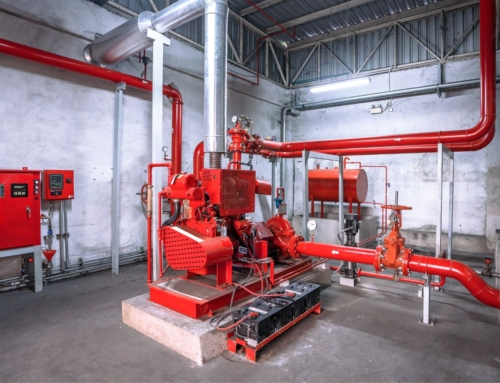

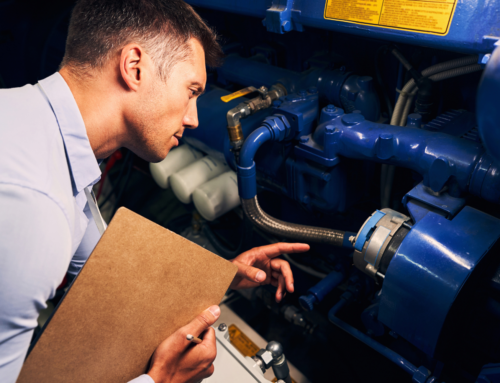
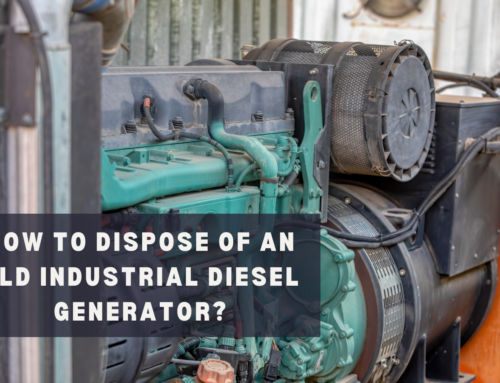
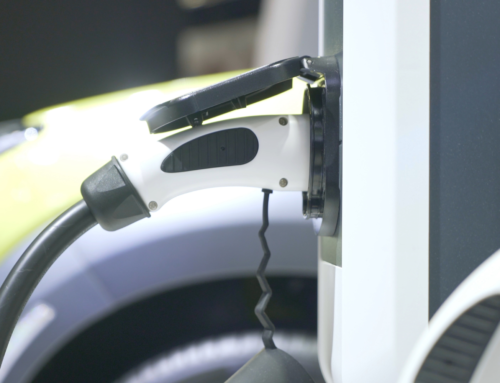
Leave A Comment